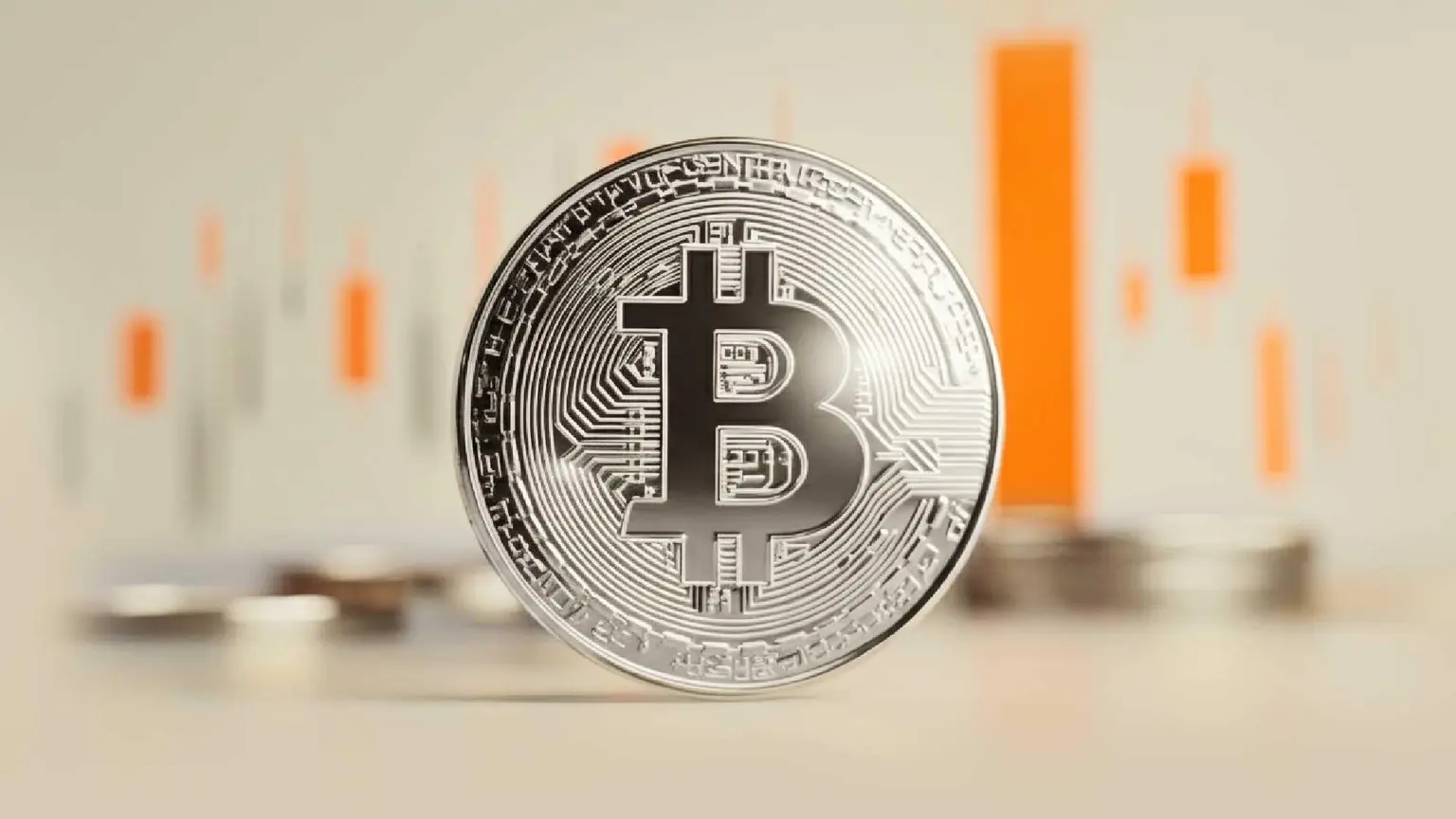Ethereum “buyback” upgrade on hold to ease tensions with ETH miners
-
The increase of demand from the DeFi industry has caused Ethereum fees to skyrocket, while NFTs could push ETH transaction costs even higher.
-
As tensions arose over EIP-1559, a new EIP has been put forward to ease Ethereum’s transition to proof-of-stake for the ETH miners.
-
Due to high fees, Ethereum projects could be slowly moving over to other smart contract protocols like Cardano, which expects over 100 projects to migrate.

With the rapid surge of decentralized finance (DeFi) and the latest developments on Ethereum 2.0, Ether’s price has been steadily rising. Ethereum (ETH) recorded a new all-time high in February, breaking the $2,000 barrier mark for the first time. Although Ethereum investors and hodlers have been able to benefit off of the ETH price surge, users on the network have been faced with challenges of high fees and network congestion issues.
Ethereum’s network fees have recently more than doubled the peak of transaction fees recorded during the DeFi summer of 2020. While the increase in fees correlates with Ether’s general rising price trend since the new year, it also reflects the growing demand for ERC-20 tokens, stablecoins, and the decentralized finance (DeFi) sector.
Ethereum miners have been able to benefit off of the fee surge, as their revenue has tripled previous highs seen during the DeFi boom. The average transaction fee reached a high of $38.21 on Feb 23, making the network unviable for smaller transactions which also affected DeFi activity for investors or traders.
Average Ethereum transaction fee
The rise in popularity of non-fungible tokens (NFTs) could also continue pushing Ethereum transaction costs to new highs. Non-fungible tokens are a type of cryptocurrency that also runs on smart contract platforms such as Ethereum. Every NFT is unique, unlike more popular cryptocurrencies such as Bitcoin or Litecoin — where all the currency’s units are the same and equal.
An increasing number of NFT projects are launching and holding auctions. Until the Ethereum network implements a viable scaling solution, network congestion and high transaction costs are likely to continue while the NFT sector continues to grow. Many other applications are also becoming unusable on Ethereum Layer 1.
A solution for Ethereum’s high gas fees sparks tensions
Ethereum gas fees will eventually see a solution as Ethereum 2.0 rolls out, enabling the platform to process thousands of transactions per second and to see improvements on the network’s efficiency, scalability, sustainability, and versatility. ETH 2.0 will eventually ease the pressure on fees in combination with Layer 2 scaling solutions, however, it could take years before it sees these issues resolved.
Vitalik Buterin, the co-founder of the Ethereum blockchain, has recently proposed the removal of gas refunds from the network. Currently, Ether enables users to store gas inside smart contracts using the function SSTORE. While users are also able to use the SELFDESTRUCT function to destroy a smart contract, this allows users to utilize gas stored inside the contracts to cover transaction costs when gas fees are high.
In a recently published proposal on Ethereum's Github page, titled EIP-3298, Buterin suggested that the removal of gas refunds for the "SSTORE" and "SELFDESTRUCT" functions for the London update.
This proposal could potentially have a huge impact on gas tokens such as CHI, which enables users to save on gas. If the proposal was to be passed in the London update scheduled for mid-2021, gas tokens like CHI would see its end as they would be useless without the refund function.
Along the same lines, ETH miners were not thrilled over the upgrade. There has been an alternative proposal put forward, and threats of a hard fork as revenue for miners would decline by 50%. EIP-1559 opposers and prominent miners have threatened to organize a “show of force,” which will see opposers divert their hash power to a single pool for 51 hours.
A new EIP proposal has come to surface to wind down tensions between Ethereum’s miners and developers. EIP-3368, the new proposal suggests that block rewards should be immediately increased to 3 Ether, and reduced by 0.25 ETH every quarter until it reaches 1 ETH over the next two years after the implementation of EIP-1559. This would help ease the impact of Ethereum’s transition to proof-of-stake for the miners.
Looking for alternatives
While Ethereum continues to face issues including network congestion and high fees, other smart contract protocols, including Binance Smart Chain, Polkadot, and Cardano have benefitted.
Running in parallel with the Binance Chain, Binance Smart Chain is able to power smart contract functionality with the added benefits of faster transaction times and lower fee structures. Over 60 Dapps have already been operating on Binance Smart Chain has been proven to be more cost-effective than Ethereum. BSC has been encouraging the development of Dapps on the protocol by funding promising projects through its $100 million developer fund.
SingularityNET, the decentralized marketplace for AI algorithms has already begun the second phase of its migration from Ethereum to Cardano. The AI solution created by Dr.Ben Goertzel was originally built on Ethereum, and its cryptocurrency AGI is expected to be the first major token to be released on the Cardano Native Assets platform.
The migration plan was announced in early October 2020, Dr. Ben Goertzel cited that the speed and cost issues with Ethereum have “increased the urgency of exploring alternatives for SingularityNET’s blockchain underpinning.” He added:
“The transition of SingularityNET onto modern blockchains such as Cardano is a clear route to achieving scale and speed, and the completion of the fiat-to-crypto gateway will remove the requirement for end-users of SingularityNET-based services to deal with cryptocurrency infrastructure.”
Cardano’s creator, Charles Hoskinson said ADA’s blockchain security and governance are superior to Ethereum, and could enable features including voting and supply-chain tracking. According to Hoskinson, more than 10 companies are “in the pipeline,” to shift from Ethereum to Cardano when the blockchain’s functionality matures.
Author

FXStreet Team
FXStreet




